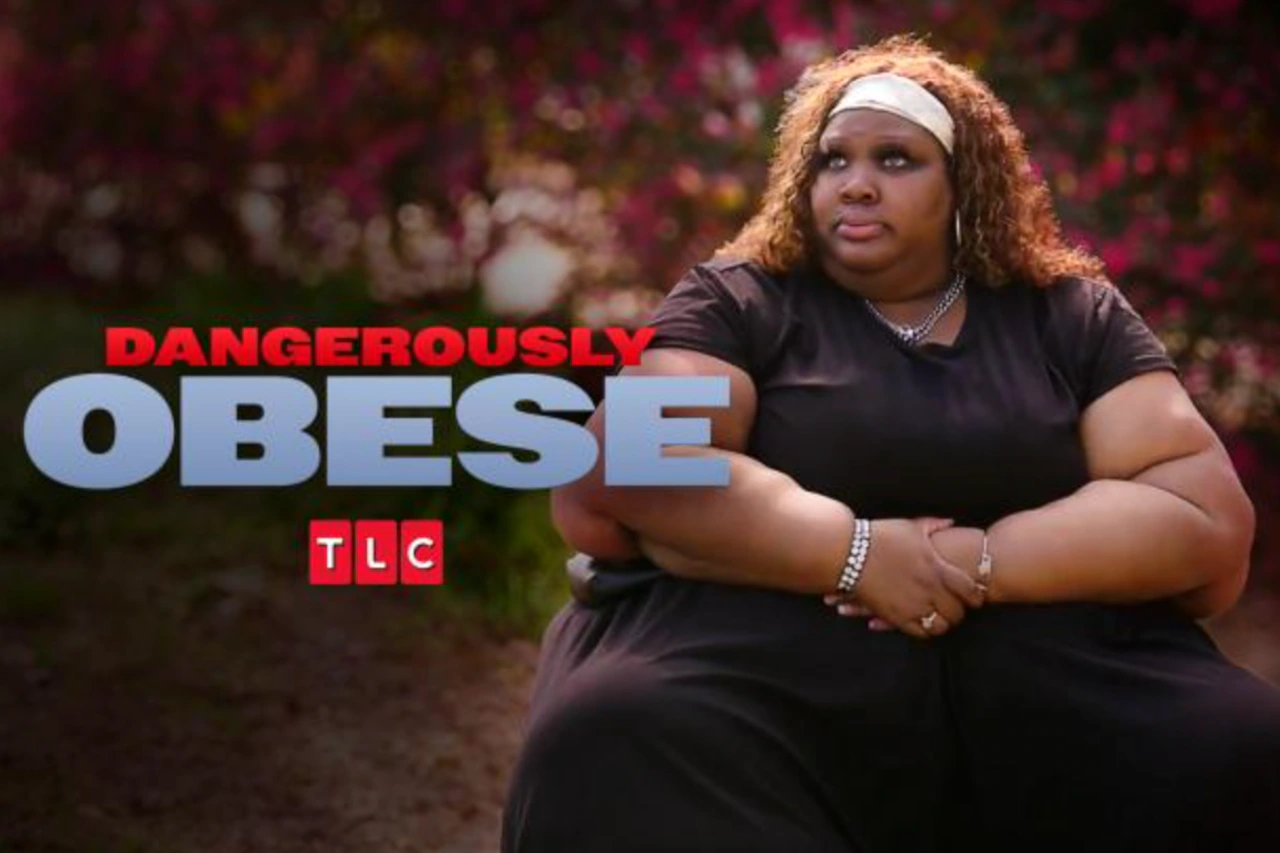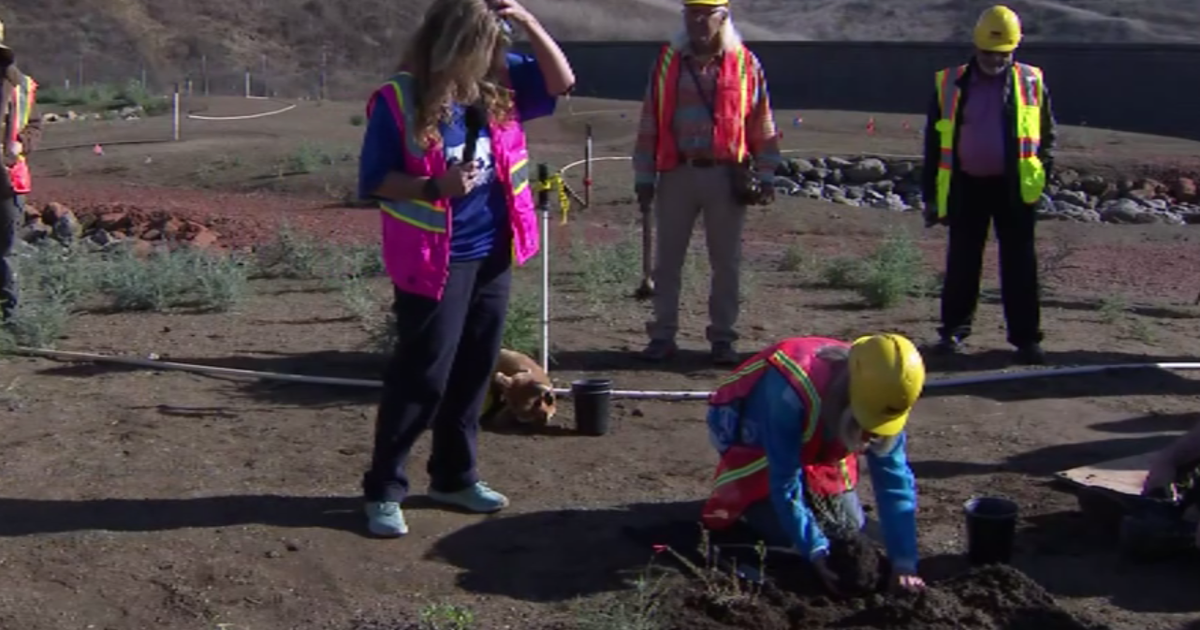Copyright The Austin Chronicle

Every autumn since 2014, low-income Texans have turned to Medicaid and the Affordable Care Act Marketplace to get health coverage. Nov. 1 the cycle begins again, but it won’t be business as usual. Austin’s junior congressman, Greg Casar, struck an ominous tone last month: “You may not know it, but your health care costs are about to go way up.” On Oct. 11, Austin’s outgoing congressman, Lloyd Doggett, posted: “Austinites are about to be hit with enormous health insurance premium spikes. Why? Because Republicans let the government shut down instead of negotiating with Democrats to save ACA health care tax credits.” Politicians aren’t the only ones issuing warnings about the upcoming enrollment season. Researchers at Texas A&M University say more than 4 million Texans will see higher health insurance prices next year, and roughly 800,000 are likely to become uninsured because they can’t afford it. So, what’s going on? A Showdown Over Discounts in D.C. To set the stage for the upcoming enrollment period, we have to rewind to this summer, when the passage of One Big Beautiful Bill cut deeply into Medicaid. The bill accomplished this by making it much harder to qualify for coverage. The result will be 10 million more uninsured Americans. Now, the debate over ACA subsidies is at the heart of the ongoing, weeks-long standoff in Washington which has shut the federal government down. Democrats say they won’t vote to reopen the government unless Republicans agree to keep deeper discounts – also known as enhanced subsidies – that Congress introduced in 2021. Health insurance is complicated, especially in Texas, so it’s worth a quick refresher: Medicaid is government health care offered for free or at low cost to low-income Americans. ACA Marketplace plans largely serve people with higher incomes who can’t get insurance through their employer. ACA plans are private insurance, but eligible recipients get discounts on their monthly premiums, which are covered by subsidies (also called tax credits). With ACA subsidies expiring, the country is at a tipping point: 22 million Americans will lose discounts by the end of the year, and about 80% of them live in states that Donald Trump won in the last election, The Washington Post reports. As ever, Texas is in a unique position. It has the worst uninsured rate in the nation, according to census data. That’s partly because Texas is one of 10 states that refused to expand Medicaid, so only people in the most extreme situations are eligible for it. As a result, the state also relies heavily on ACA Marketplace plans. The full effects of slashed ACA subsidies won’t become clear for weeks, but Idaho offers a preview. There, open enrollment began on Oct. 15. NBC reported on an Idaho couple in their 60s who currently pay $51 a month for their ACA plan. Their monthly premium will hike to $2,232 next year. Their case is extreme, but Idaho state health officials say average out-of-pocket premiums in the state will shoot up 75% without the tax credits. The impact will be bigger in Texas. According to the A&M researchers, the average out-of-pocket premium in Texas will more than double. They predict one in five Texans will be uninsured as a result. The problem doesn’t end there: Health insurance costs will likely rise for everyone who doesn’t lose their coverage. That’s because when premiums are expensive, it’s usually healthy people who decide to go uninsured. “The people left behind are going to be the more expensive enrollees,” health reporter Paige Winfield Cunningham explained for The Washington Post. “You need plenty of those healthy people to keep costs down. And when they drop off and decide to be uninsured, that’s just a double whammy.” One case sticks out in his mind: a 27-year-old man who had just been kicked off his parents’ plan. He wasn’t enthusiastic about paying for health insurance, but he enrolled with Foundation Communities’ navigators anyway. Three months later, he showed up at the Foundation Communities office. “He hobbled in and took X-rays of his broken leg and plopped it on the counter. And he said, ‘I just came by to say thank you,’” Moreau told the Chronicle. The man had crashed his skateboard and went to the ER with a bone sticking out of his leg. The hospital bill was more than $30,000. Thanks to his coverage, he only had to pay $350, Moreau recalls. “Every one of us is one accident away from the ER, right?” Moreau told the Chronicle. “If you don’t have health insurance, then all of us bear the cost.” The A&M researchers wrote that ending the subsidies will “reduce federal spending while increasing the financial burden on individuals, families, and health care providers, particularly in states like Texas.” That’s why Moreau calls Foundation Communities’ enrollment work a public service. Last year, they helped insure 6,000 people. But this year, they’re hampered by another federal move: DOGE cuts. Foundation Communities lost the $2.4 million federal grant that supported its enrollment program. Moreau said Austinites have stepped up. Last year, the nonprofit had 127 volunteers in the program. This year, it’s more than 300. Meanwhile, Central Health, Travis County’s hospital district, agreed to chip in $1.2 million. The A&M economists write that “there is no shortage of policy ideas” to help insure more Texans: Federal lawmakers could keep the subsidies, Texas could offer state-level subsidies, or the state could expand Medicaid. A survey this year found that 70% of Texans support expanding Medicaid to cover more low-income people. At the local level, Foundation Communities is supporting Proposition Q on the November ballot in Austin. It would raise the local tax rate, giving the city more money to offset losses from federal cuts. Moreau and Foundation Communities have weathered other storms – the 2008 recession and COVID-19 pandemic among them. “I don’t think we have any period of time to compare where it’s felt like the things we value and care about have been so under attack,” Moreau said. “But I’m trying to keep some historical perspective. We’ve been through evil, dark times before where people with courage had to fight to end slavery, and to give women the right to vote. Maybe America is still in the formation stage of higher ideals.” Open enrollment through healthcare.gov runs from Nov. 1 to Jan. 15 (note that that’s shorter than years past). Enroll by Dec. 15 for coverage that starts Jan. 1. Receive help from Foundation Communities at foundcom.org/health-coverage. This article appears in October 24 • 2025.



